Many cat owners see new litter options promising better odor control, less dust and eco-friendly benefits, and wonder if they should switch. More importantly, they ask if changing cat litter brands is bad for their cat’s health.
The answer is no. Changing cat litter brands is safe if done gradually. This article explains the risks, the benefits and the best way to make the switch for your cat’s well-being.
Is Changing Cat Litter Brands Bad for Cats’ Health?
It is not inherently bad, but how you make the change matters. Cats are creatures of habit, so sudden shifts in texture, smell, or cleanliness can cause stress and affect their health.
5 Reasons Changing Cat Litter Isn’t Always Bad
Here are five reasons why changing brands isn’t always a bad idea:
- Health and Safety: Dusty or heavily scented litter can cause breathing issues and allergies. Low-dust, fragrance-free, or natural options help protect your cat’s health.
- Odor Control: Poor odor control stresses cats and owners. A better brand keeps the box fresher and reduces unpleasant smells at home.
- Environmentally Friendly: Eco-friendly litter made from wood, corn, soy, or paper is biodegradable and safer for the environment.
- Ease of Use: Some litters clump better, stick less, and are easier to scoop—saving time while keeping the box hygienic.
- Cat Repellent Factors: Cats may dislike certain textures or scents. A switch can encourage consistent litter box use.
Avoiding Bad Health Effects in Long-Term Litter Choice
When choosing a long-term litter brand, health considerations should be the top priority.
| Factor | Details | Health Impact |
|---|---|---|
| Clumping vs Non-Clumping |
|
Balance convenience with safety. |
| Dust Levels | Low-dust or dust-free litters reduce airborne particles. | Minimizes risk of respiratory irritation. |
| Scented vs Unscented | Fragrances may mask odors but irritate sensitive cats. | Unscented is safer for long-term use. |
| Eco-Friendly Options | Made from wood, corn, soy, or paper; biodegradable. | Better for sensitive cats and the environment. |
| Absorbency | Strong absorbency prevents moisture buildup. | Reduces bacteria and urinary issues. |
| Particle Size / Texture | Fine grains are soft but may track; larger grains reduce tracking but can irritate paws. | Prevents paw injuries and ingestion risks. |
| Tracking & Mess | Some litters stick to paws and spread outside the box. | May cause stomach upset if ingested. |
| Ammonia Control | Poor control causes strong odors from cat urine. | Long-term exposure irritates eyes and lungs. |
| Cost & Availability | Premium litters may be healthier but costlier. | Delays in cleaning due to high cost can harm hygiene. |
Golden Rules for a Safe Litter Brand Switch
If you decide to switch, these proven strategies will reduce stress and keep your cat healthy:
Strategy 1: The Slow Mixing Method
This is the safest and most common way to switch cat litter brands. Instead of changing everything at once, you gradually mix the new litter with the old one.
- Days 1–3 → Fill the box with about 25% new litter and 75% old litter. Your cat will still smell and feel something familiar.
- Days 4–7 → Increase to a 50/50 mix. At this stage, your cat is already used to the new scent and texture.
- Days 8–10 → Move to 75% new litter and 25% old litter. By now, your cat should be comfortable.
- After Day 10 → Use 100% new litter. Most cats will adjust without stress if you follow this schedule.
This gradual shift prevents shock from sudden change and helps cats accept the new litter naturally.
Strategy 2: The Two-Box Buffet
If you’re switching from one type of litter to a very different one (e.g., clay to wood pellets or paper litter), cats may reject the new texture if it’s forced. In this case, offer them a choice.
-
Set up two litter boxes
Place them side by side in the same spot. One should have the old litter, the other the new brand/type.
-
Observe your cat
Some cats will try the new box out of curiosity, while still using the old one.
-
Encourage gradual use
Leave both available for about 1–2 weeks. Slowly reduce the amount of old litter in its box if your cat begins using the new one more often.
-
Remove the old box
Once your cat consistently uses the new litter, you can phase out the old box completely.
Strategy 3: Using an Automatic Litter Box to Reduce Stress
An automatic litter box can make the transition to a new litter brand less stressful for both cats and owners. By providing a consistently clean and stable space, Neakasa M1 helps cats adjust to new litter brands with less stress, while giving owners peace of mind.
- Removes waste quickly, keeping the box fresh at all times.
- Tracks your cat’s litter box usage and alerts you to unusual patterns.
- Gives cats a stable environment that feels familiar even when the litter changes.
- Easy to move and adjust within your home, helping cats adapt more smoothly.

- No more scooping, hands-free.
- Safe and easy with Open-top design.
- Great for cats up to 33 lbs.
If Switching Cat Litter Brands Causes Bad Symptoms
Even with the best strategies, some cats may show negative signs during a switch. Here’s how to handle it:
- Rule Out Medical Issues: If your cat shows severe symptoms like blood in urine, frequent vomiting, or refusal to urinate, consult a veterinarian immediately.
- The Litter Box Buffet Test: Offer multiple boxes with different types of litter. Cats will usually show a clear preference, helping you determine which brand works best for their health and comfort.
- Use Enzyme Cleaners: Cats often rely on scent cues. If residual odors linger in the litter box or the surrounding area, they may avoid the box. Using enzyme cleaners can remove odor traces and encourage proper litter box use.
FAQs About Cat Litter Brand Changes
Q1: Is it bad to change cat litter brands suddenly?
A1: Yes, sudden changes can cause stress and litter box avoidance. Always transition gradually over one to two weeks.
Q2: How long does it take for a cat to adjust?
A2: Most cats adapt within 7–14 days, though sensitive cats may need more time.
Q3: Should I use an automatic litter box?
A3: Yes, automatic litter boxes like the Neakasa M1 keep the environment consistent and clean, reducing stress during transitions.
Final Thoughts
So, is it bad to change cat litter brands? Not if you do it the right way. A sudden switch can stress your cat, but a gradual move to a low-dust, unscented, or eco friendly option may actually improve health and comfort.
The key is patience and observation. With a careful transition and supportive tools such as an automatic litter box to keep the space clean and consistent, switching litter can be safe and even beneficial.


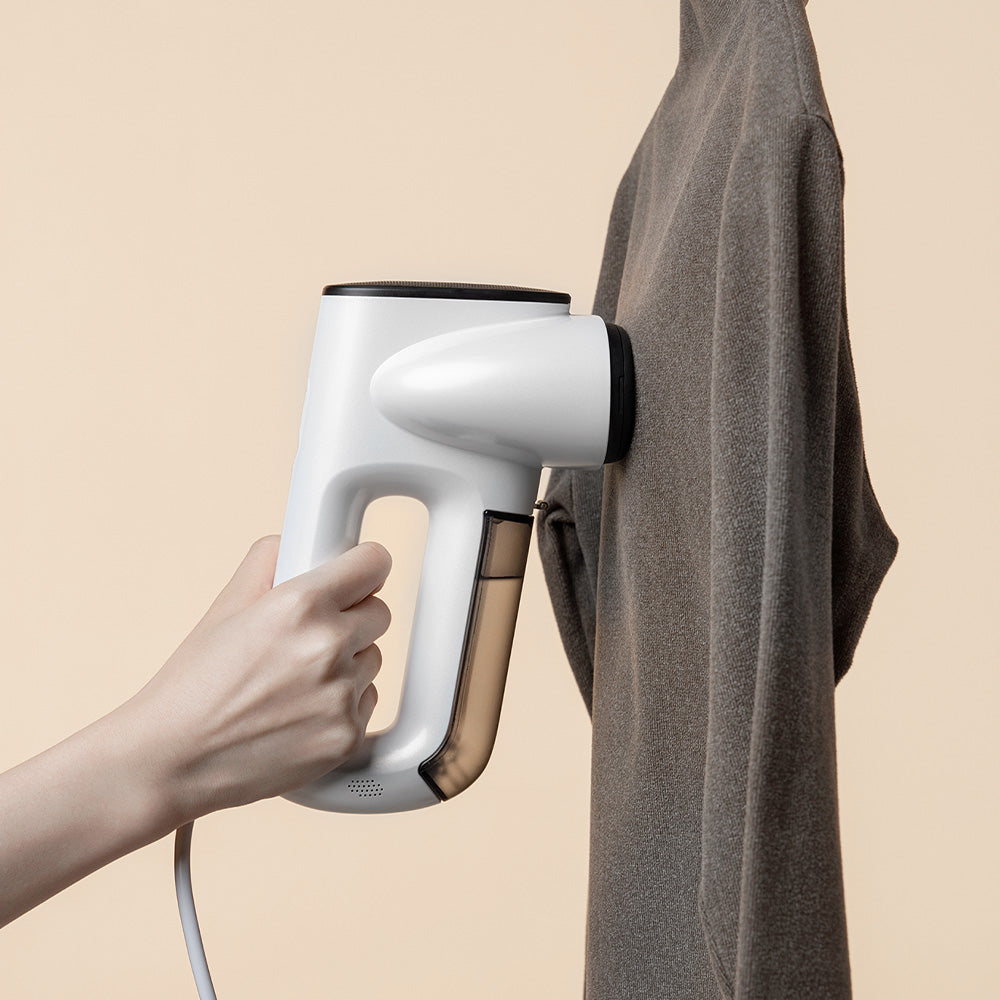
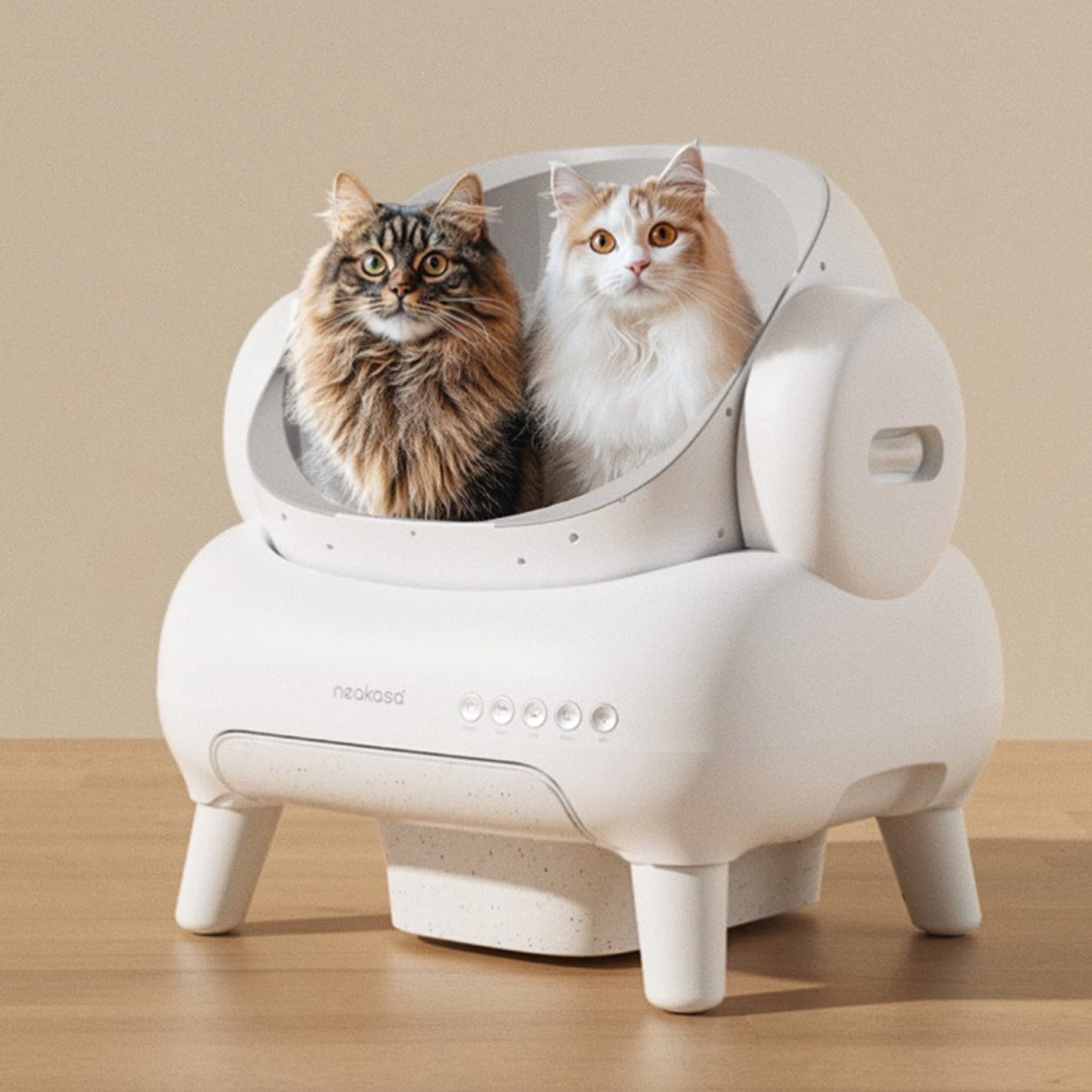
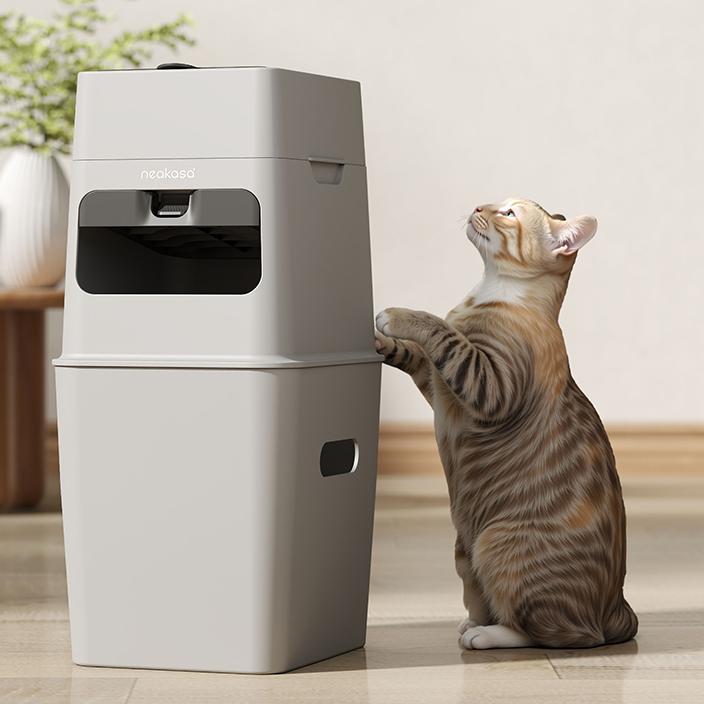
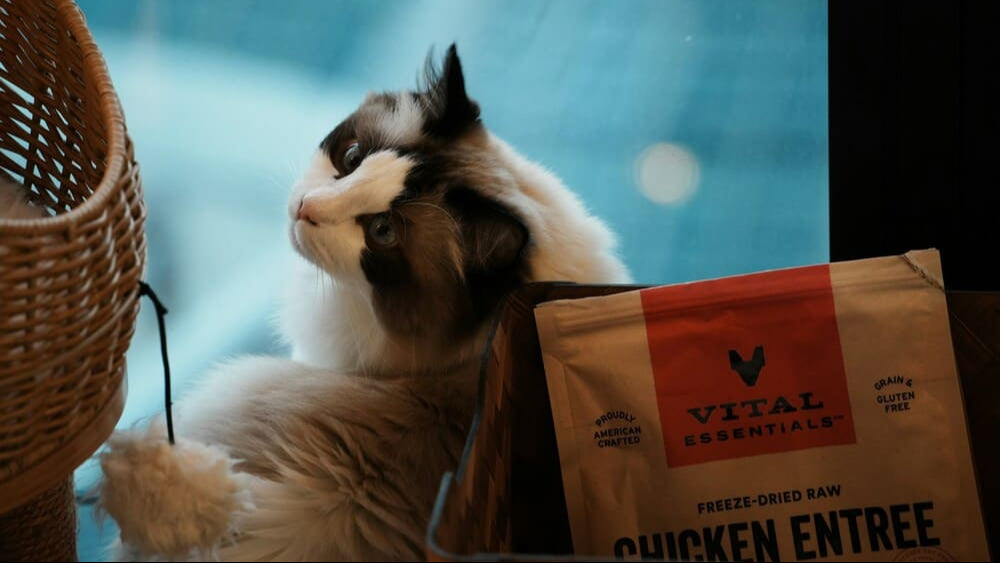


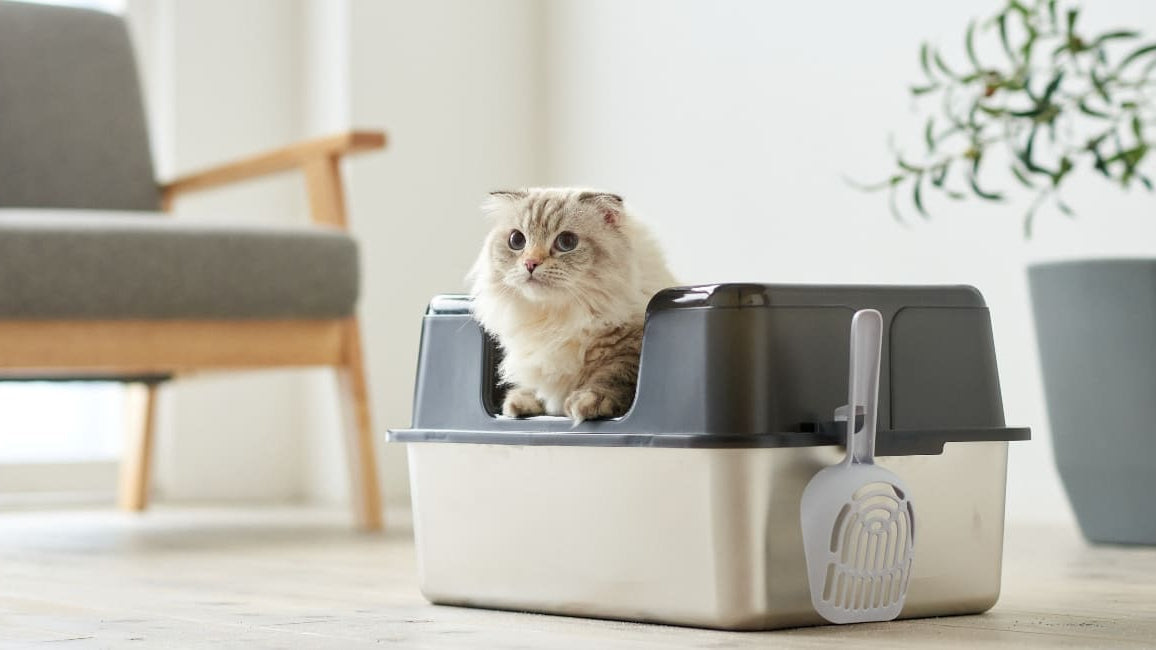
Leave a comment
This site is protected by hCaptcha and the hCaptcha Privacy Policy and Terms of Service apply.